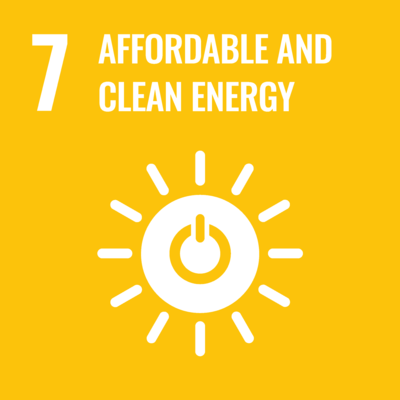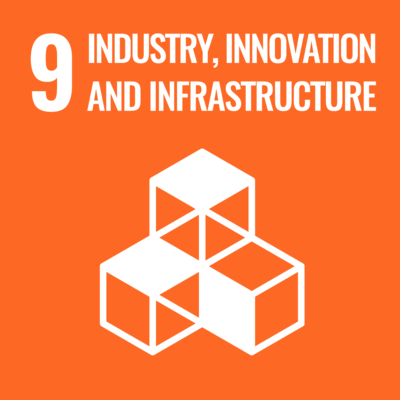SDG 7.2.4 Plan to reduce energy consumption
1. NCUE has implemented the regular replacement of old, energy-consuming, and low energy-efficient equipment based on the requirements of each building, to achieve the goal of saving 1% of total energy annually. From 2007 to 2023, NCUE has reduced its annual power consumption by more than 15%. The power-saving plan for 2019-2024 is presented in the table below. See Table 1.
Table 1. Power - saving plan for 2019-2024
|
Year |
Measures |
|
2024 |
(a) Routinely replace over 100 air conditioning units, expecting to save 223,080 kWh annually. (b) Replace at least 300 T5 fluorescent lamps with LED lights across all campus buildings during renovations, expecting to save 18,018 kWh annually. (c) Introduce a smart management system for air conditioning in the Baisha Building, expecting to save 93,786 kWh annually. (d) Conduct a comprehensive inspection of transformer loads across the campus and gradually replace them with "amorphous core transformers", expecting to save 27,322 kWh annually. (e) To reduce electricity consumption by water dispensers, only the second floor water dispensers in each building are set to provide cold water, expecting to save 10,485 kWh annually. (f) Replace the library's 100RT chiller, air handling units, and improve the air ducts on the 1st and 2nd floors of the library. |
|
2023 |
(a) We planned to implement a campus-wide air conditioning peak offload system in phases over several years, and we expect to achieve annual energy savings of over 100,000 kWh upon its completion. (b) For the installation of Phase 2 photovoltaic solar cells, the installed capacity at Jinde and Baoshan Campuses would be increased by 510.04KWp and 473.14KWp respectively |
|
2022 |
(a) Install a peak offloading system for air-conditioning, prioritizing systems based on year and region, until the entire University is covered. It is expected that the system will reduce annual power consumption by 100,000 kWh. (b) Replace the T5 lights of all buildings with LED lights, which involves at least 500 light replacements. This measure is expected to save more than 50,000 kWh of power annually. (c) Implement the routine replacement of all air-conditioning units with more energy-efficient units, which involves more than 70 replacements and is expected to save 100,000 kWh of power annually. |
|
2021 |
(a) Replace the 300RT water-cooled chiller and ancillary equipment in the gymnasium of the Jinde campus, which is expected to save 227,603 kWh of power annually. (b) Replace the T5 lights of all buildings with LED lights, which involves at least 500 replacements and is expected to save more than 50,000 kWh of power annually. (c) Implement the routine replacement of air-conditioning units, which involves more than 50 replacements and is expected to save 75,000 kWh of power annually. |
|
2020 |
(a) Replace the water-cooled chiller and ancillary equipment in the Library and Information Center Building of the Jinde campus, which is expected to save 327,603 kWh of power annually. (b) Replace the T5 lights in the classrooms on the first floor of the gymnasium with LED lights, to save 25,028 kWh of power annually. (c) Replace 64 air-conditioning units, saving approximately 1,500 x 64 = 96,000 kWh of power annually. |
|
2019 |
(a) Replace the T5 lights on the first and second floors of the library with LED lights to save 27,430 kWh of power annually. (b) Replace 64 air-conditioning units to save approximately 97,500 kWh of power annually. (c) Calibrate the equipment in the machine room of the swimming pool to sleep during closed periods to reduce annual power consumption by up to 40,000 kWh. |
2. Timers or sensors are used to manage the automatic activation of electrical equipment, which ensures proper illumination while saving energy. (Figures 1-3)
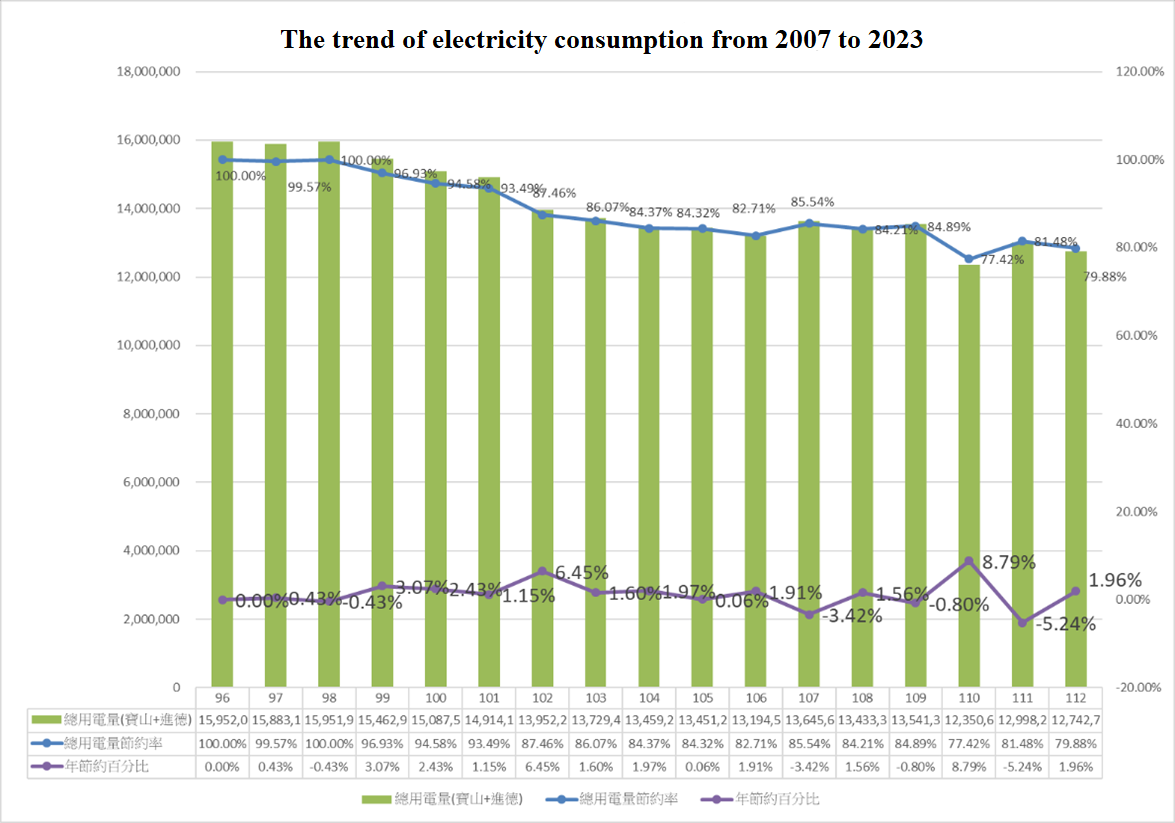
Figure 1. Downward trend in electricity consumption from 2007 to 2023
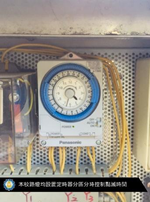
Figure 2. All street lights on campus are controlled by timers and are set to turn off by region and time
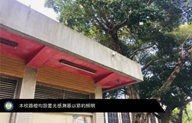
Figure 3. All the street lights on campus are equipped with light sensors to save on energy used for illumination
3. At the Baoshan Campus, we have constructed an energy management system (Figure 4) and smart meters (Figure 5)that seamlessly integrates photovoltaic solar power and energy storage system to enable efficient scheduling and dispatching, thus delivering substantial benefits in peak load reduction by shifting load to off-peak periods. The highest peak load reduction achieved in 2023 came to approximately 36%, and our capability to shift loads not only minimized losses in high-voltage lines but also improved energy transmission efficiency. Through this approach, the school can harness solar power to cover a significant portion of our peak load while employing energy storage systems to further reduce peak demand, thus enhancing our overall energy efficiency.
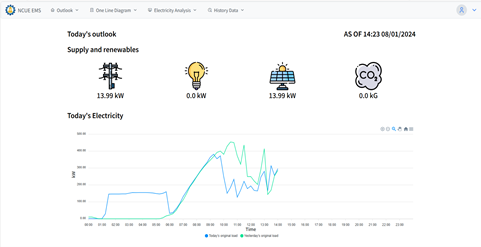
Figure 4. Energy management system at the Baoshan Campus
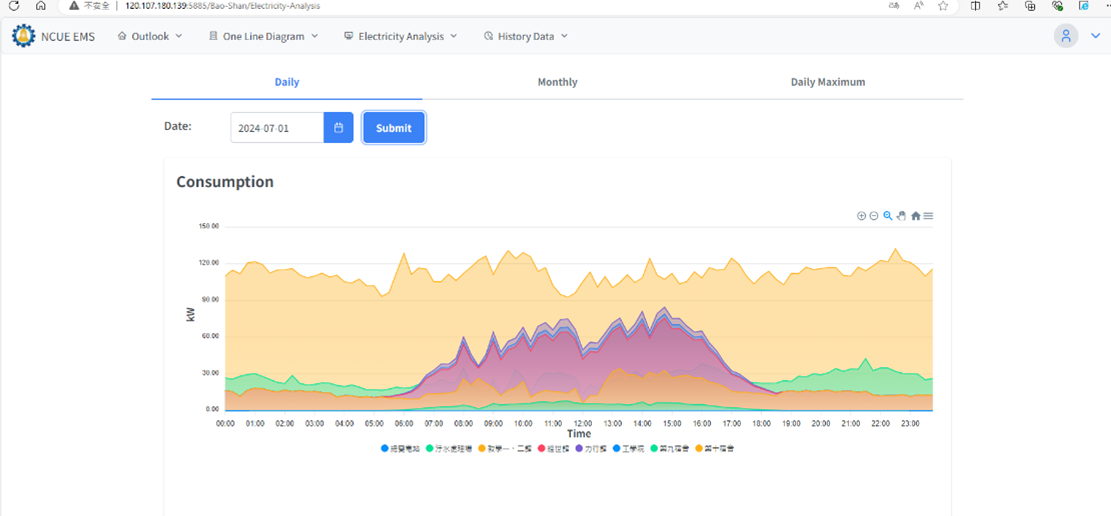
Figure 5. Excerpt from the Smart Meter Monitoring System
4. During the summer months, the university’s air conditioning usage contributes significantly to our overall power consumption. To promote energy conservation, we have constructed a building energy management system in the College of Technology at Baoshan Campus. This system enables remote control of air conditioning modes, temperature settings, and on/off functions to facilitate load reduction and energy-saving controls (Figures 6-7).
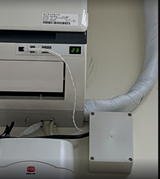
Figure 6. Controlling air conditioning offloading with the energy management system
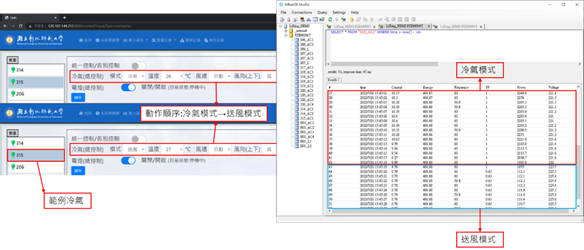
Figure 7. Controlling air conditioning offloading with the energy management system







